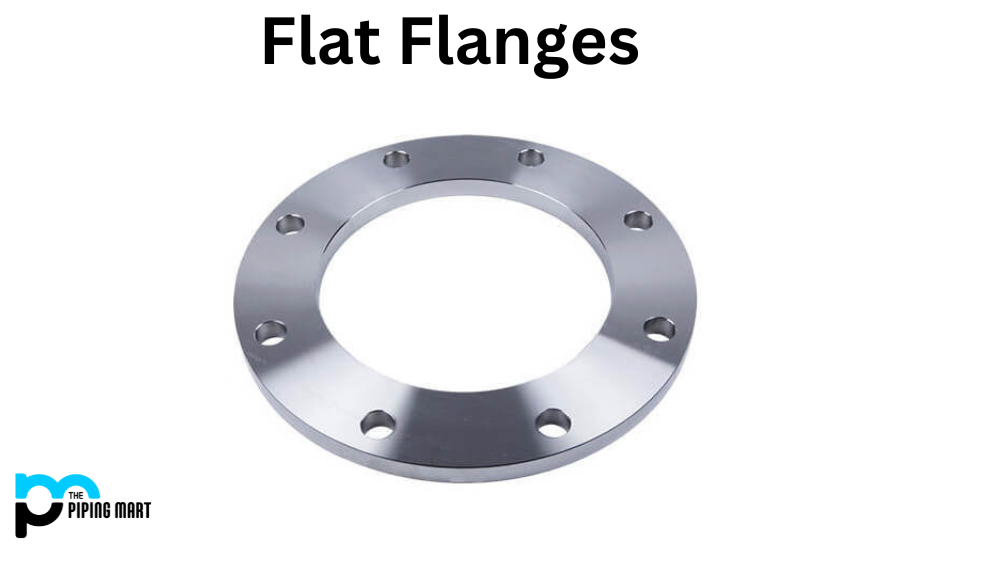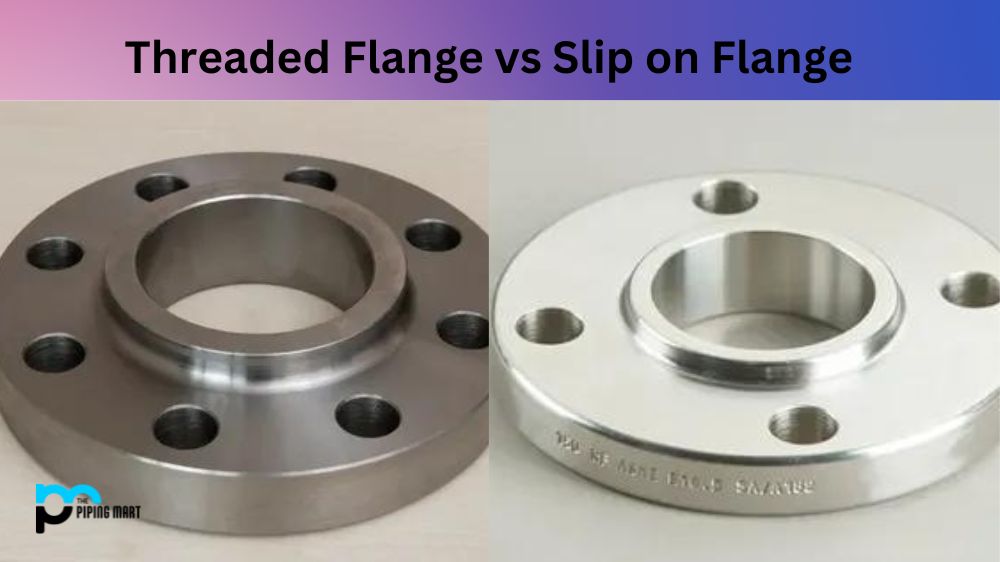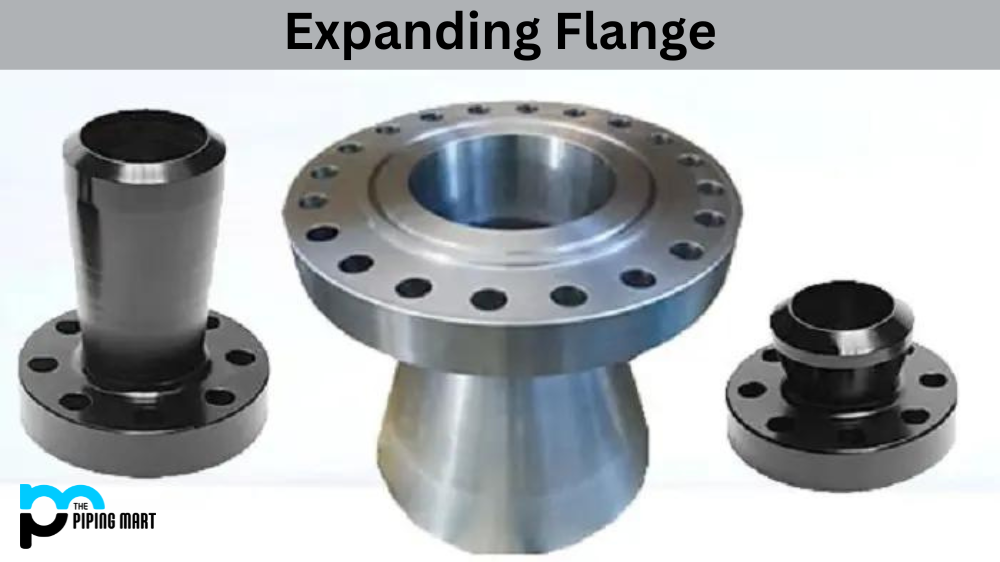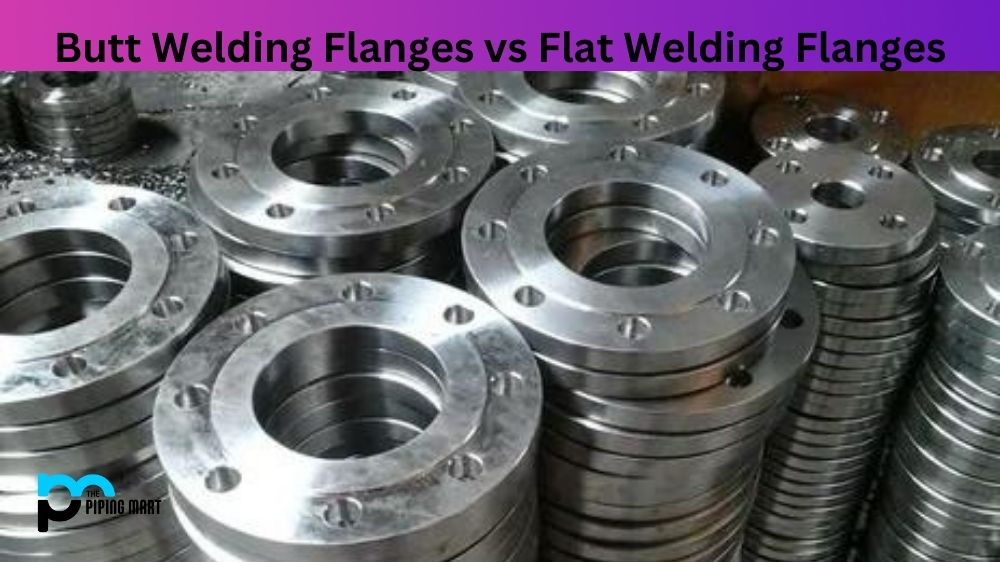In this blog, we will discuss what a flat flange is, the different types of flat flanges available on the market, and how they can be used in many applications. With this information, you should know to make an informed decision when purchasing a flat flange for your next project.
What is Flat Flange?
A flat flange is a mechanical fitting typically used as part of a piping system. It consists of two components – the body and the gasket. The body connects two pieces of pipe and provides support for them while the gasket seals off any openings between them. This ensures that no air or other gases escape from the pipes, which would otherwise create an unsafe situation.
Flat Flanges Types
Flat flanges are available in various types to suit different needs. Slip-on flanges, for instance, easily slide over the pipe and are then secured with welding or bolting. Weld neck flanges are notable for their elongated neck, which provides enhanced support and distributes stress more effectively. Socket weld flanges are equipped with a socket for straightforward insertion of the pipe, while blind flanges are specifically designed to seal the end of a piping system. Each type serves distinct purposes across a range of industrial applications.
Flat Flanges Uses
Flat flanges can be used in many applications, from residential plumbing systems to industrial chemical processing plants. Residential plumbing systems are often used as part of water lines or gas lines since their tight seal ensures no air leaks into the home environment. Industrial chemical processing plants are often used in conjunction with valves and pumps for safely and efficiently controlling pressurized liquids or gases safely and efficiently. They can also be found in power plant environments where their ability to handle high temperatures helps ensure that processes run smoothly without interruption due to overheating or excessive pressure build-up.
Flat Flange Dimension
| NPS | Diameter of Pipe | Flange I.Diameter | NUmber of holes | Flange Diameter | Thickness of Flange | Diameter of Bolt Circle | Diameter of Bolt Holes | Approx. Weight | |
| DN | ISO | DIN | D5 | BN | D | b | K | d2 | KG/PCS |
| 10 | – | 14 | 14.5 | 4 | 90 | 16 | 60 | 14 | 0.7 |
| 17.2 | – | 17.7 | 4 | 90 | 16 | 60 | 14 | 0.69 | |
| 15 | – | 20 | 21 | 4 | 95 | 16 | 65 | 14 | 0.77 |
| 21.3 | – | 22 | 4 | 95 | 16 | 65 | 14 | 0.77 | |
| 20 | – | 25 | 26 | 4 | 105 | 18 | 75 | 14 | 1.06 |
| 26.9 | – | 27.6 | 4 | 105 | 18 | 75 | 14 | 1.05 | |
| 25 | – | 30 | 31 | 4 | 115 | 18 | 85 | 14 | 1.27 |
| 33.7 | – | 34.4 | 4 | 115 | 18 | 85 | 14 | 1.25 | |
| 32 | – | 38 | 39 | 4 | 140 | 18 | 100 | 18 | 1.86 |
| 42.4 | – | 43.1 | 4 | 140 | 18 | 100 | 18 | 1.83 | |
| 40 | – | 44.5 | 45.5 | 4 | 150 | 18 | 110 | 18 | 2.12 |
| 48.3 | – | 49 | 4 | 150 | 18 | 110 | 18 | 2.09 | |
| 50 | – | 57 | 58.1 | 4 | 165 | 20 | 125 | 18 | 2.78 |
| 60.3 | – | 61.1 | 4 | 165 | 20 | 125 | 18 | 2.74 | |
| 65 | 76.1 | – | 77.1 | 8 | 185 | 22 | 145 | 18 | 3.48 |
| 80 | 88.9 | – | 90.3 | 8 | 200 | 24 | 160 | 18 | 4.33 |
| 100 | – | 108 | 109.6 | 8 | 235 | 24 | 190 | 22 | 5.82 |
| 114.3 | – | 115.9 | 8 | 235 | 24 | 190 | 22 | 5.61 | |
| 125 | – | 133 | 134.8 | 8 | 270 | 26 | 220 | 26 | 7.91 |
| 139.7 | – | 141.6 | 8 | 270 | 26 | 220 | 26 | 7.6 | |
| 150 | – | 159 | 161.1 | 8 | 300 | 28 | 250 | 26 | 10.12 |
| 168.3 | – | 170.5 | 8 | 300 | 28 | 250 | 26 | 9.58 | |
| 175 | 193.7 | – | 196.1 | 12 | 350 | 32 | 295 | 30 | 14.45 |
| 200 | 219.1 | – | 221.8 | 12 | 375 | 34 | 320 | 30 | 16.9 |
| 250 | – | 267 | 270.2 | 12 | 450 | 38 | 385 | 33 | 27.28 |
| 273 | – | 276.2 | 12 | 450 | 38 | 385 | 33 | 26.51 | |
| 300 | 323.9 | – | 327.6 | 16 | 515 | 42 | 450 | 33 | 36.38 |
| 350 | 355.6 | – | 359.7 | 16 | 580 | 46 | 510 | 36 | 52.83 |
| – | 368 | 372.2 | 16 | 580 | 46 | 510 | 36 | 50.24 | |
| 400 | 406.4 | – | 411 | 16 | 660 | 50 | 585 | 39 | 74.71 |
| – | 419 | 423.7 | 16 | 660 | 50 | 585 | 39 | 71.44 | |
| 500 | 508 | – | 513.6 | 20 | 755 | 52 | 670 | 42 | 86.87 |
| 600 | 610 | – | 616.5 | 20 | 890 | 54 | 795 | 48 | 121.84 |
| 700 | 711 | – | 716 | 24 | 995 | 58 | 900 | 48 | 150.93 |
| 800 | 813 | – | 818 | 24 | 1140 | 64 | 1030 | 56 | 219.08 |
| 900 | 914 | – | 920 | 28 | 1250 | 70 | 1140 | 56 | 271.16 |
| 1000 | 1016 | – | 1022 | 28 | 1360 | 78 | 1250 | 56 | 344.95 |
Conclusion:
Flat flanges offer an efficient way to connect multiple parts securely while still allowing for easy disassembly when necessary. They come in various sizes and styles, so you can find one that best fits your needs depending on what type of application you’re using it for. Whether you need one for residential plumbing or industrial chemical processing, knowing more about flat flanges and how they work will help ensure that your project runs smoothly without any unexpected problems arising due to improper installation or maintenance procedures. Thanks for reading!

Meet Bhavesh, a seasoned blogger with a wealth of knowledge and experience. From metal products manufacturing to retail, Bhavesh has a diverse background in various industries and is dedicated to sharing his insights and expertise with readers.




